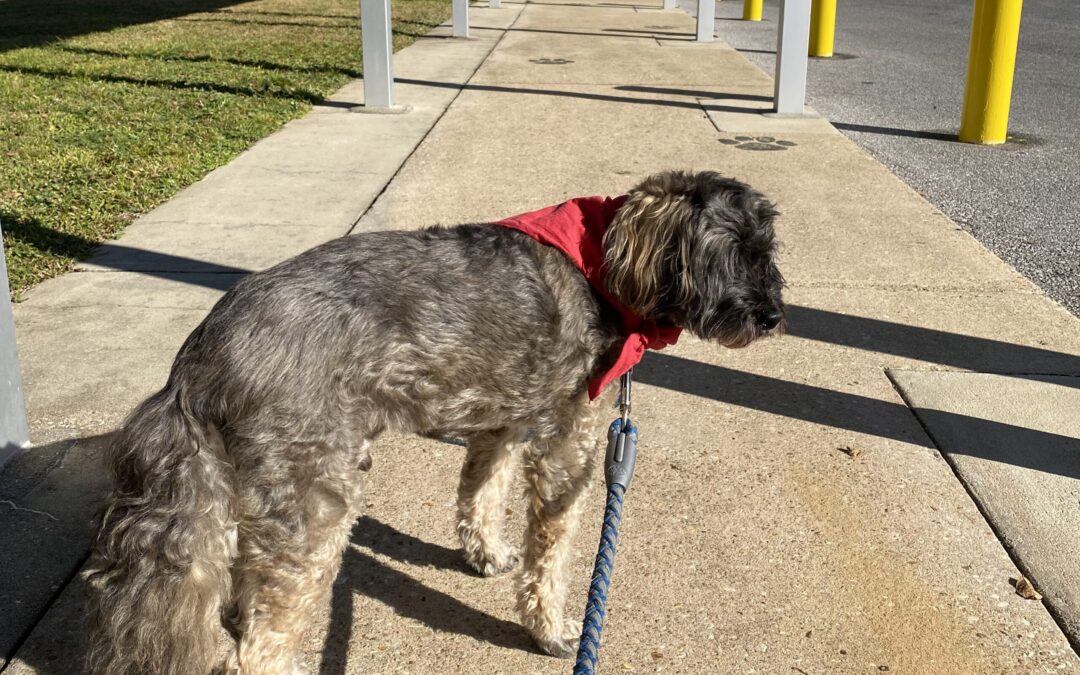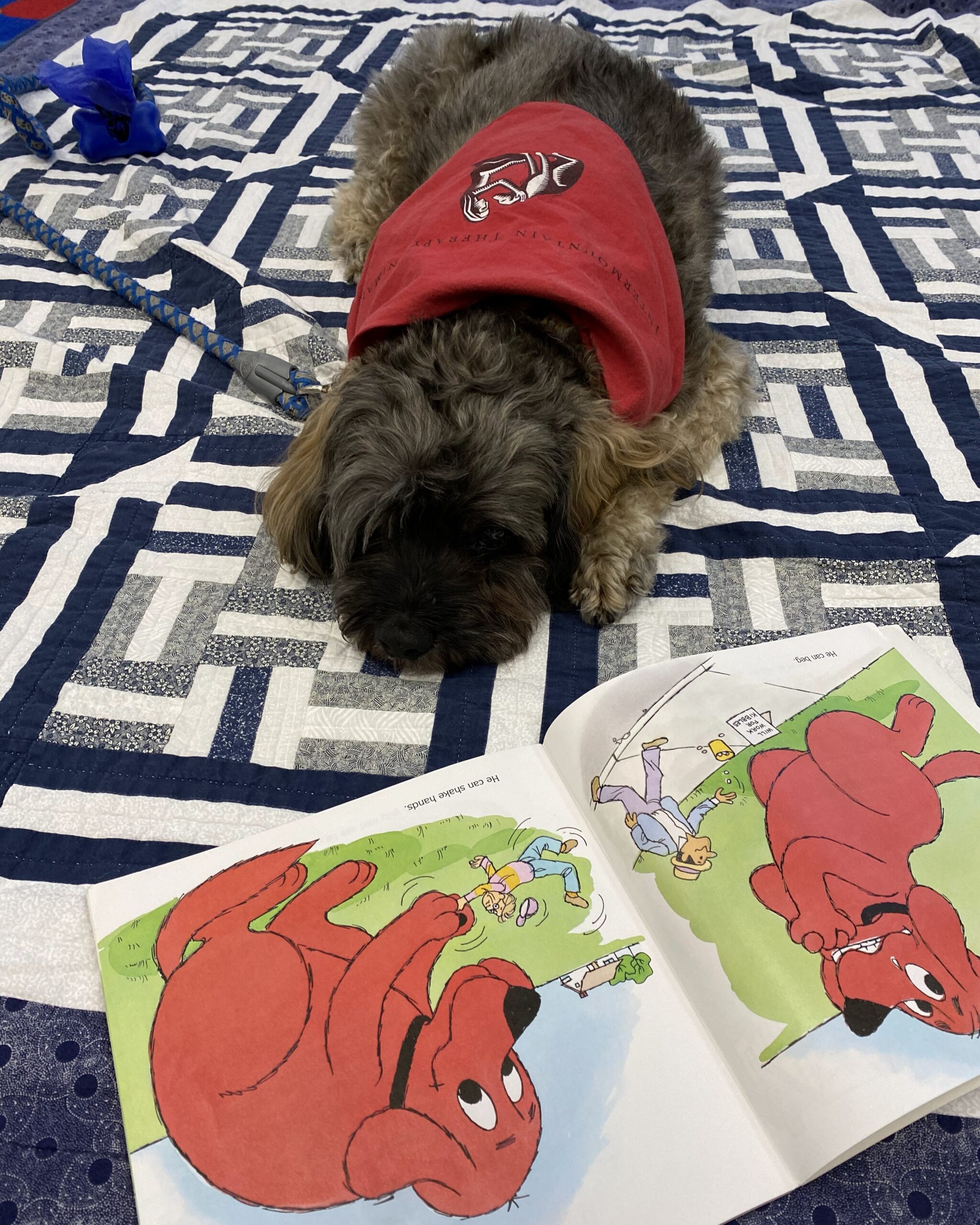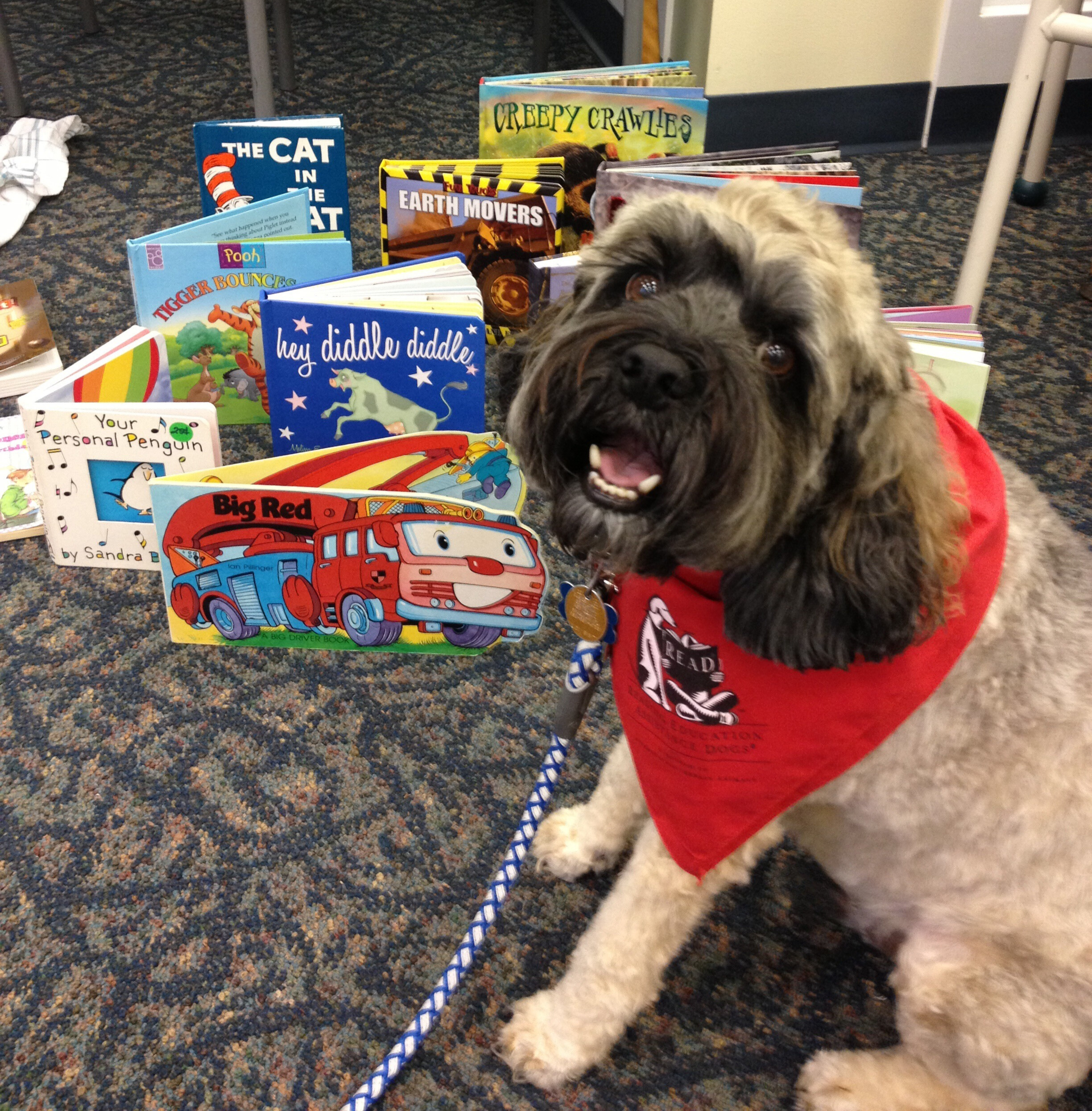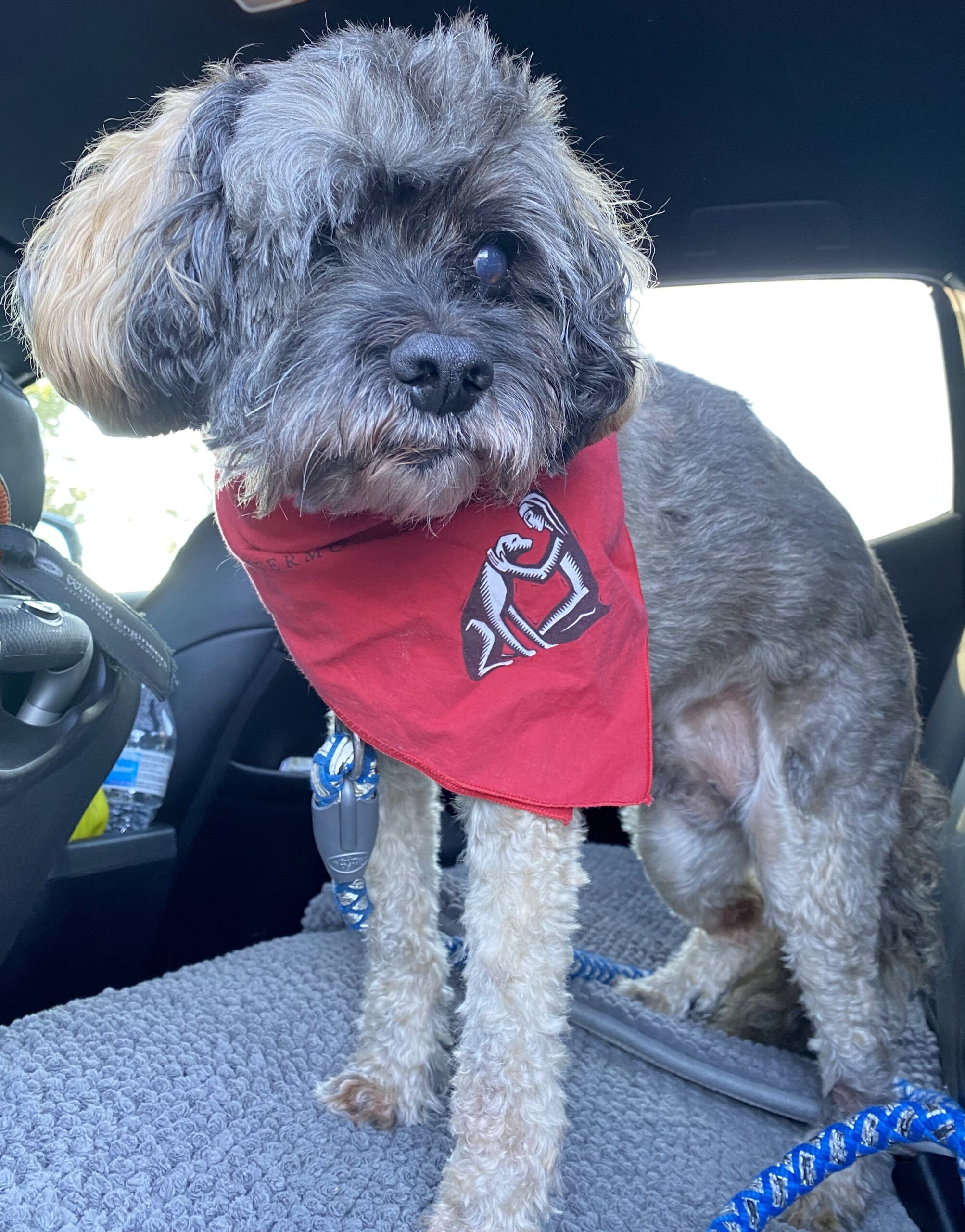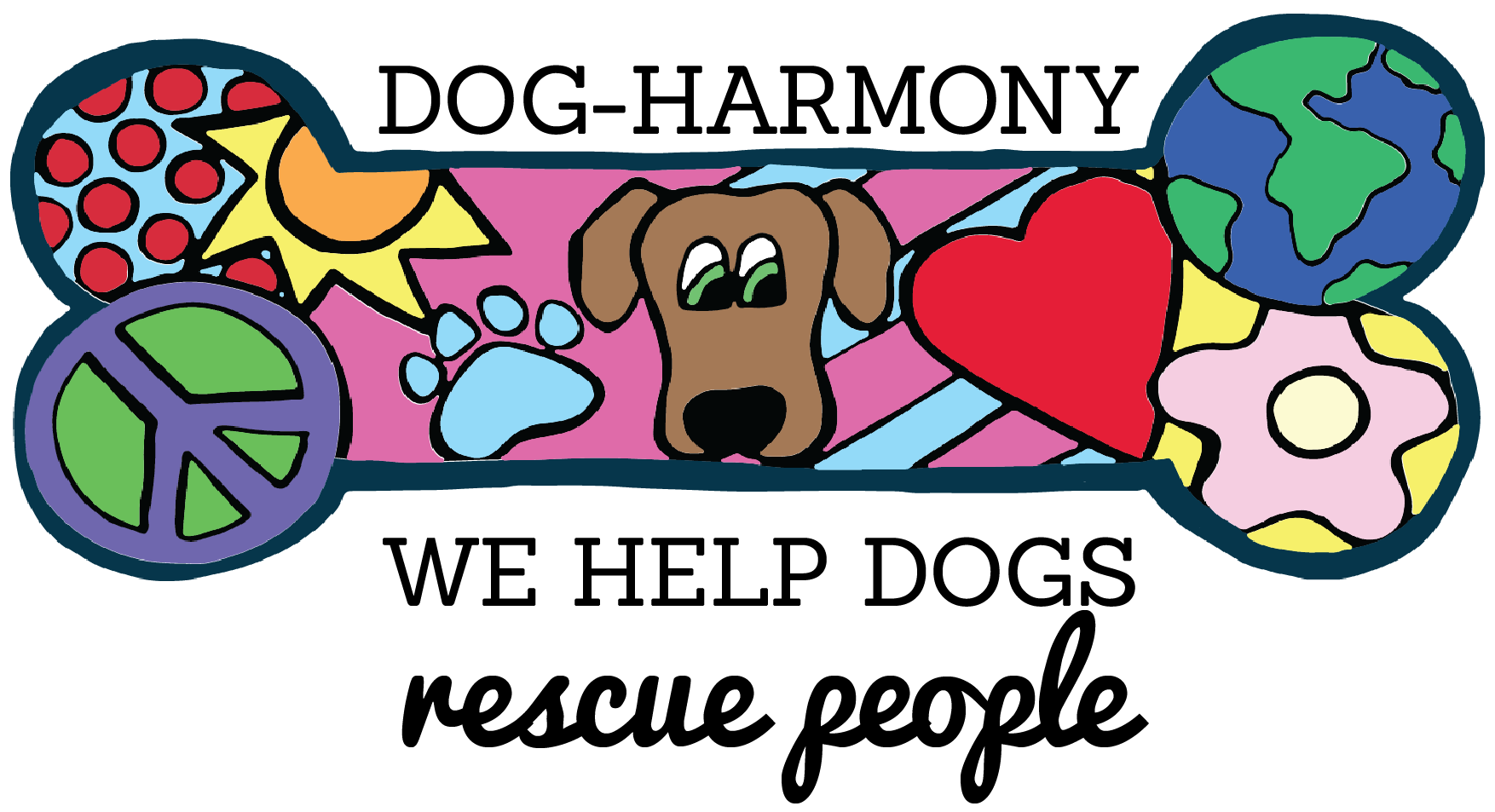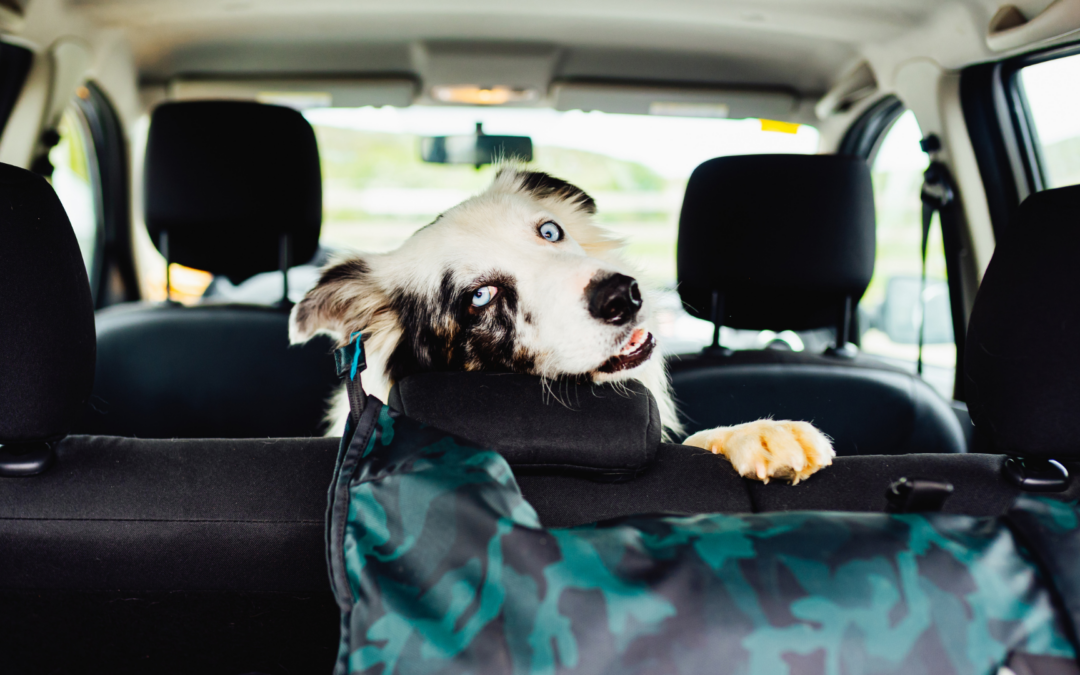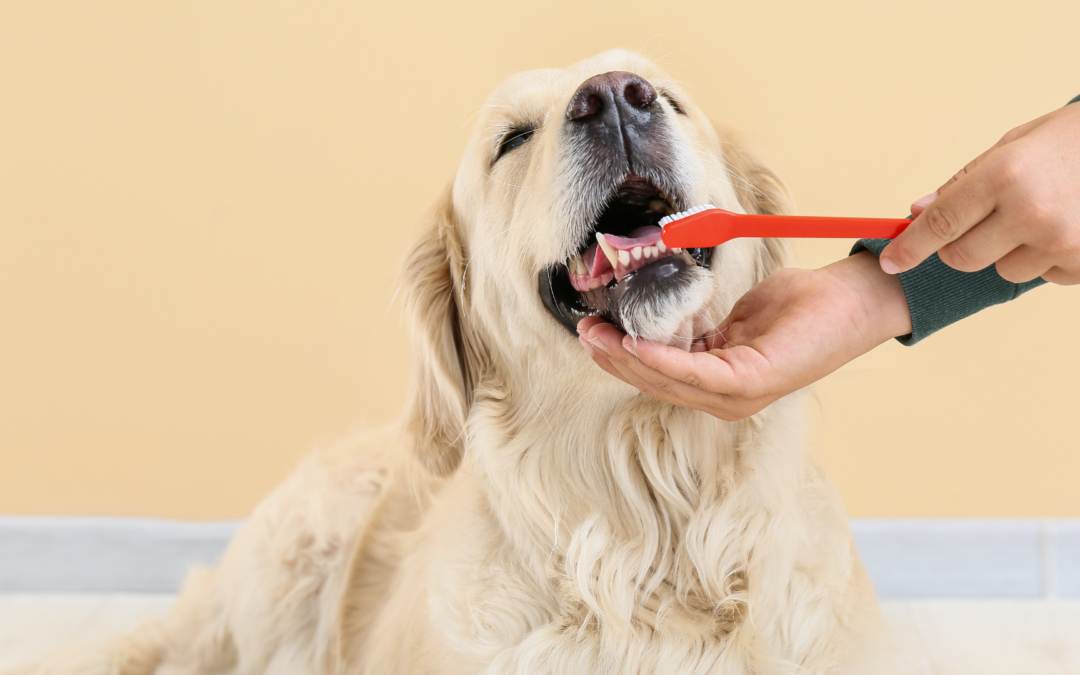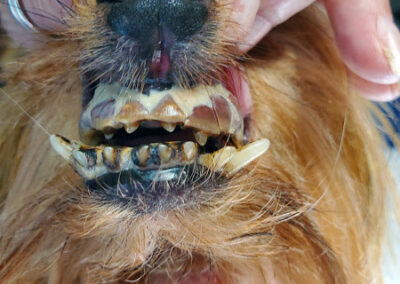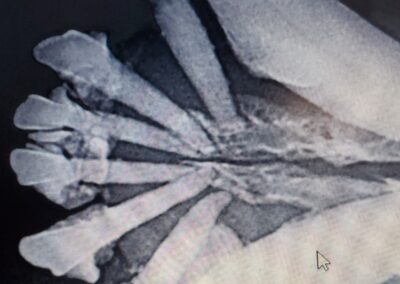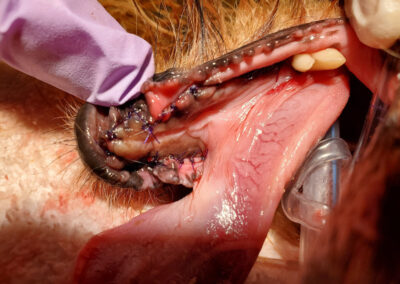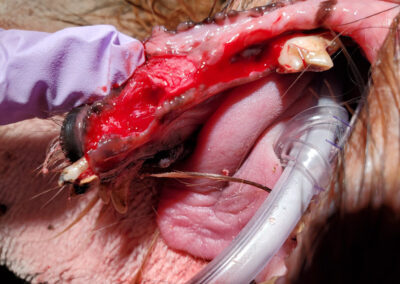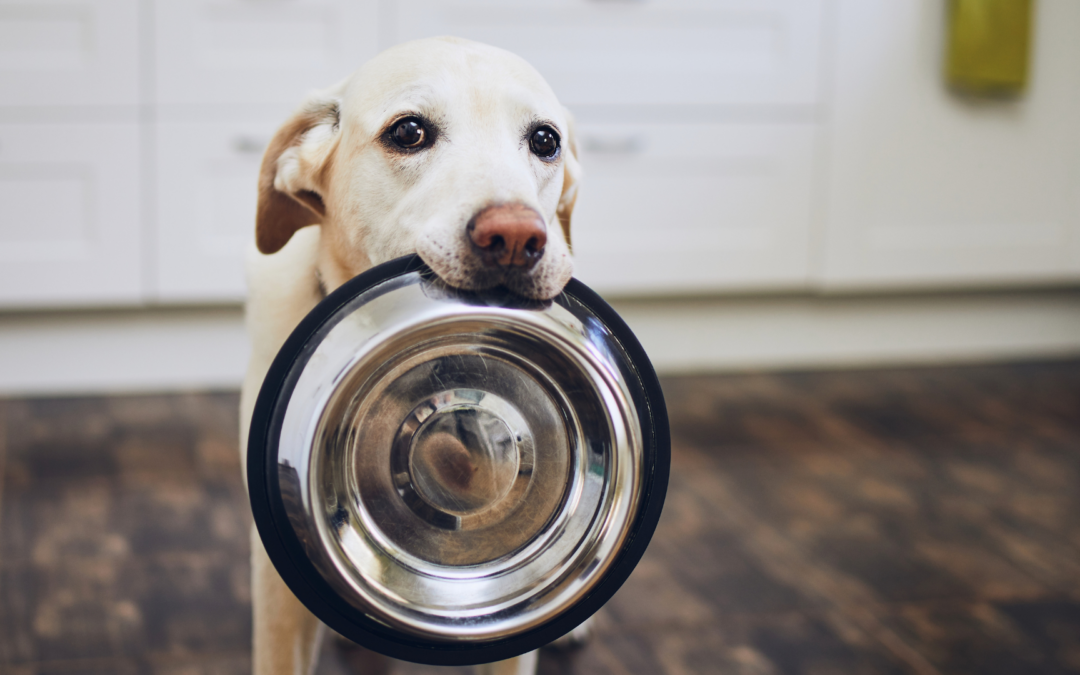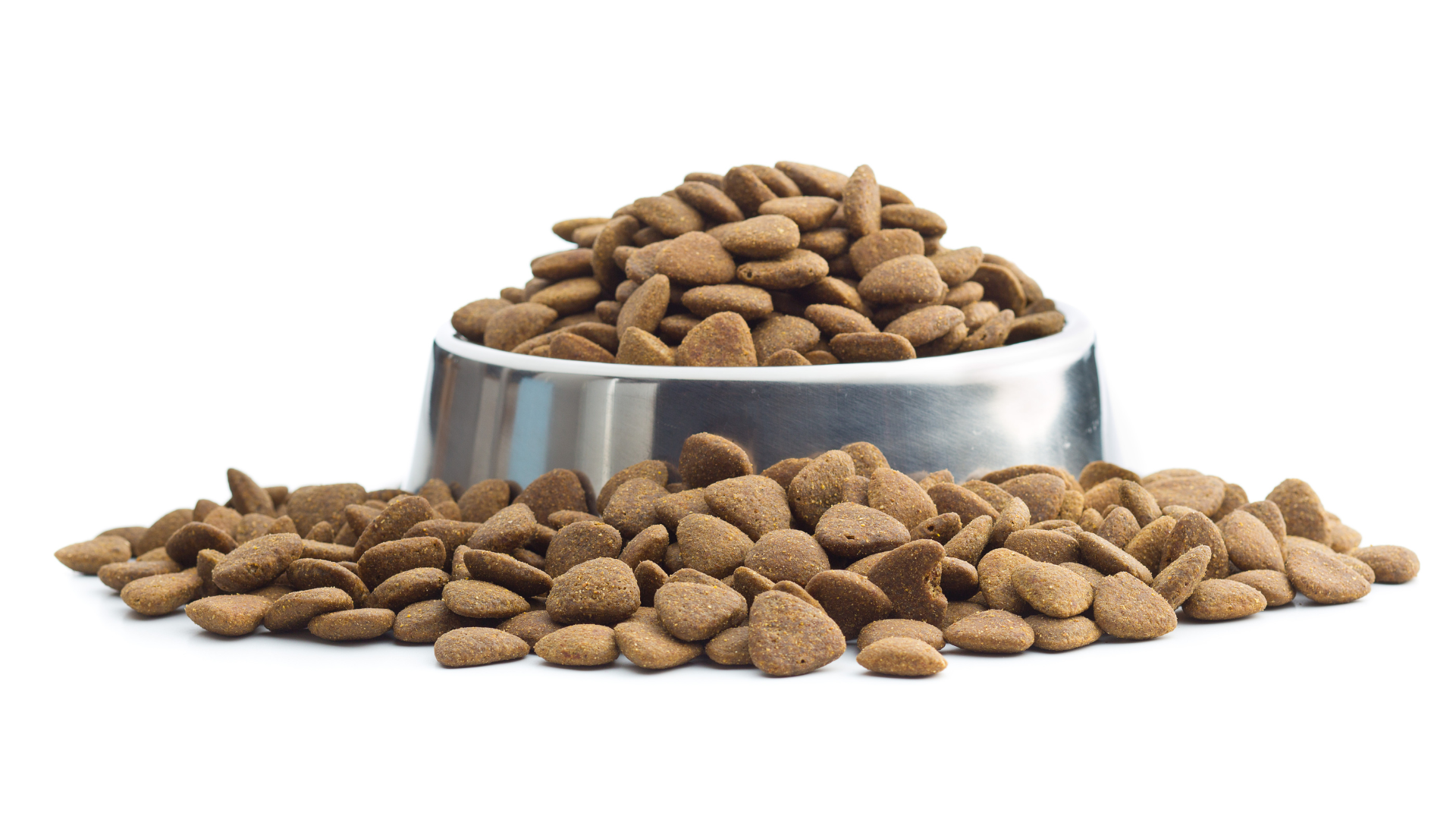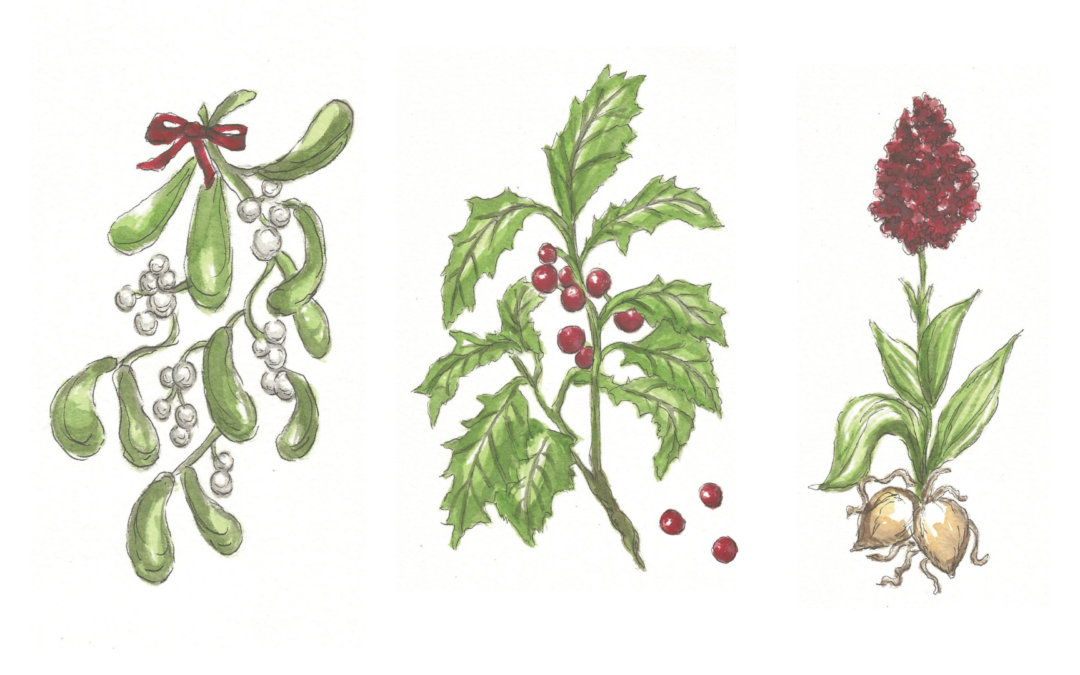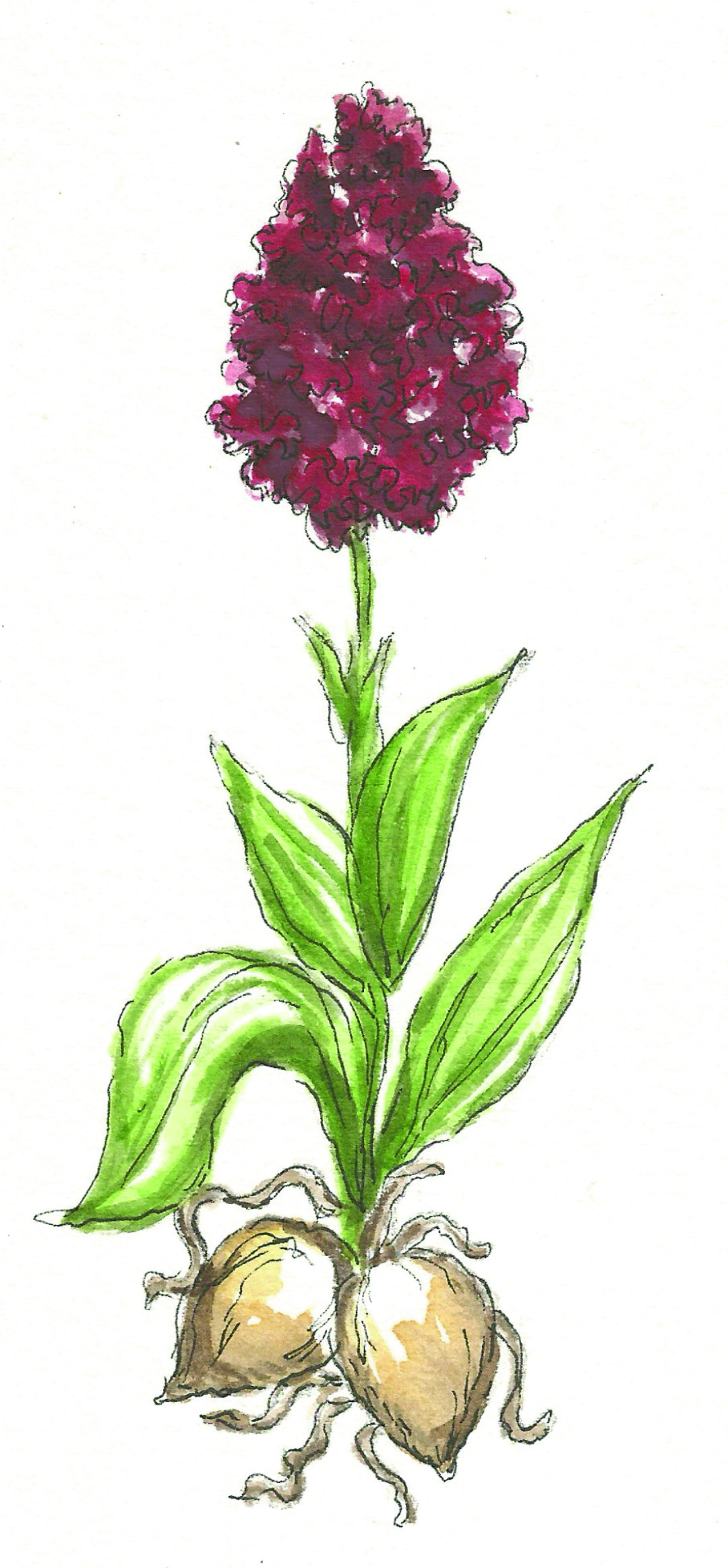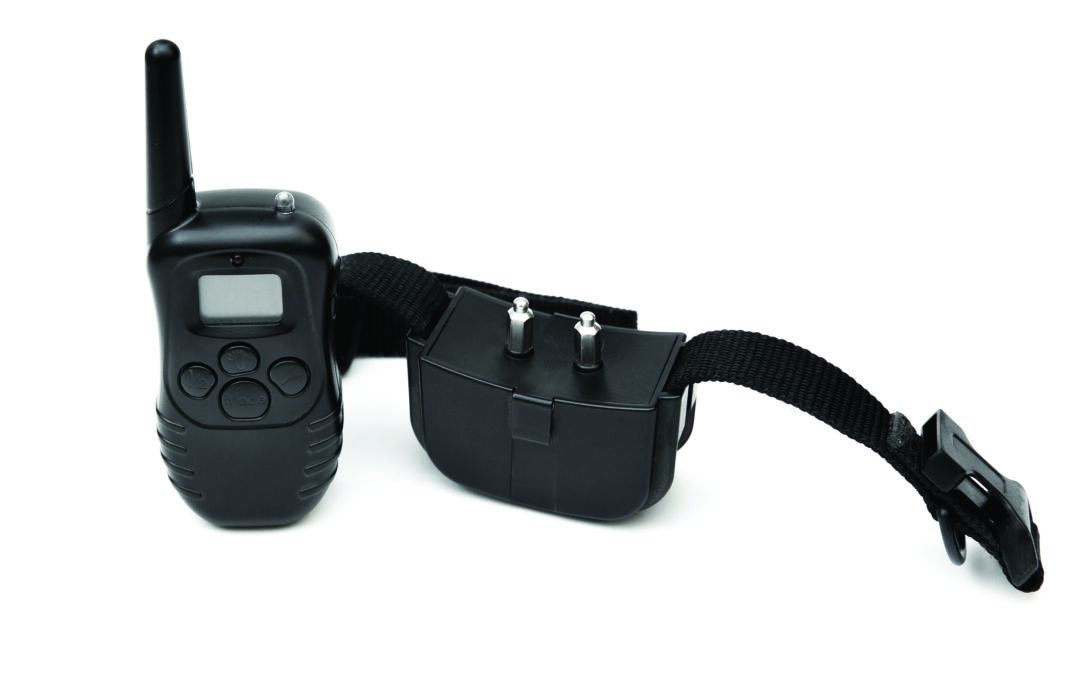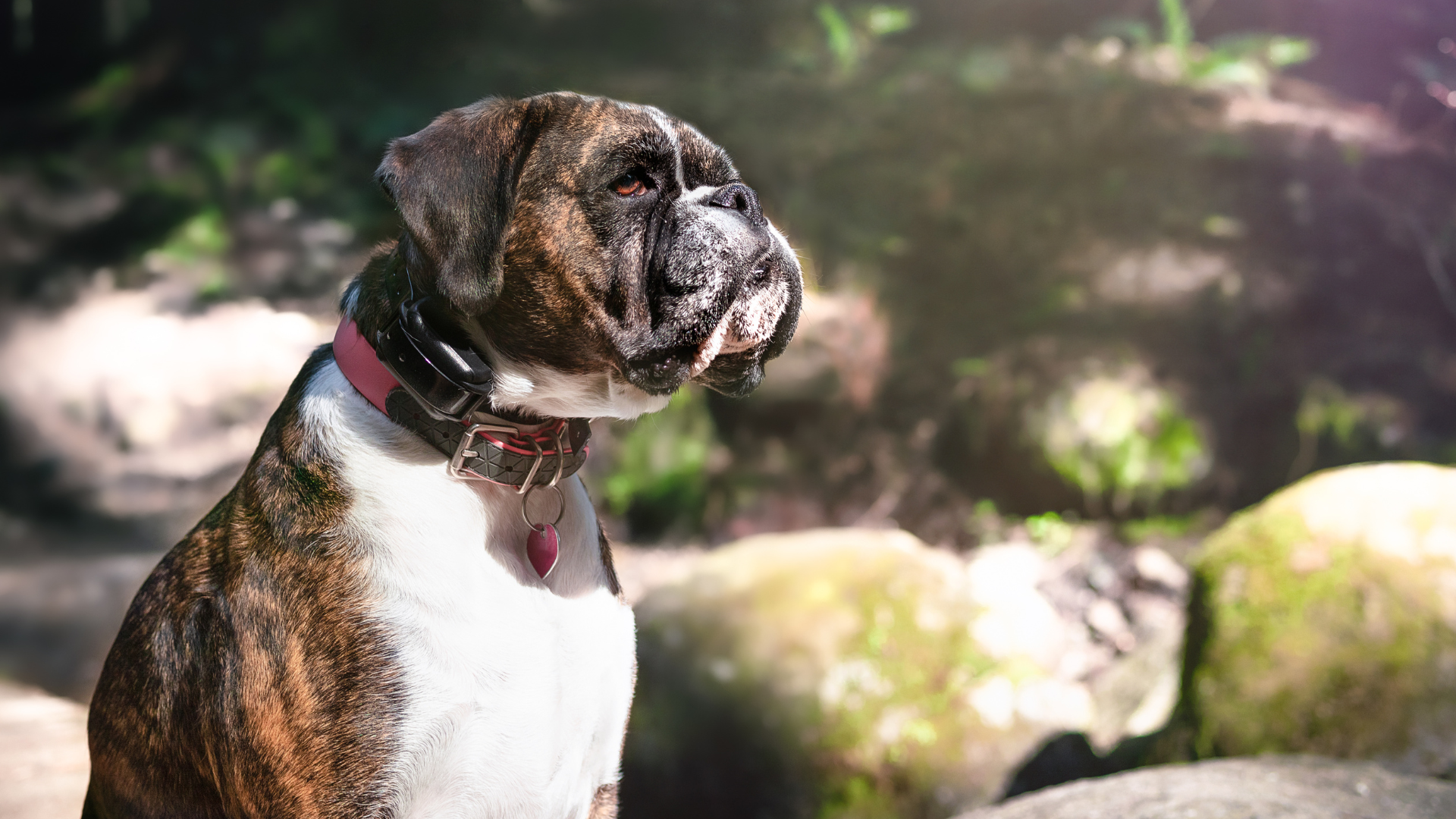Written by Mary S. Connor, DVM
Did you know that an estimated 85 percent of dogs and 75 percent of cats over 3 years of age display some form of oral disease? Periodontal disease is considered the most common disease in companion animals. But what is periodontal disease?
Periodontitis, or severe bacterial gum infection affects tissues that surround and support the teeth. The infection can become chronic and progressive causing periodontal disease, a destruction of the bone around the tooth roots which leads to painful, loose, abscessed teeth, osteomyelitis (bone infection), and even pathologic fractures of the jaw.
Periodontal disease can also have negative effects on the rest of the body as well. Inflammation of the gingival and periodontal tissues allows bacteria to gain access to the body. The bacteria adversely affects the kidneys and liver, leading to a decrease in the function of these vital organs over time. Bacteria can also become attached to previously damaged heart tissues and cause endocarditis, an inflammation of the heart’s valves.
How do I know that my pet needs a Comprehensive Oral Health Assessment and Treatment (COHAT), or has periodontal disease?
Signs of periodontal disease include: redness at the gum line, bleeding when chewing treats or toys, a refusal to eat hard foods and treats, a foul odor from the mouth, reluctance to play with a favorite toy, the presence of plaque and calculus or facial swelling, among others.
Periodontal disease in our pets is preventable if we consider the dental care of our pets in the same way we manage our dental health. For example, consider how your mouth would look, feel, and smell if you did not brush your teeth for several years! Daily management such as brushing, oral care treats, and dental water additives, as well as a routine Comprehensive Oral Health Assessment and Treatment (COHAT), can help to keep your pet healthy and contribute to a better quality of life.
Imagine going to the dentist with a painful mouth and not being able to tell the doctor where it hurts. You would likely be reluctant to open wide and invite your doctor to have a look. So, although your veterinarian will evaluate your pet’s mouth closely during a physical exam, it can be difficult to fully gauge the scope of pathology by visual exam alone, especially if your pet is experiencing pain. A more thorough evaluation is necessary.
What should my veterinarian do, and what should I ask for?
Proper evaluation requires general anesthesia, comprehensive full-mouth radiographs, periodontal probing, and dental charting. Without dental radiographs, disease such as bone loss, root pathology or oral trauma will be missed. Simply cleaning the crowns of the teeth without knowing what is present under the gumline via radiographs is of little benefit to your pet.
Once an evaluation is complete, a comprehensive plan should be formulated specifically for your pet in consultation with you. Your pet may require root planing, simple or surgical extractions, bone grafting, or other procedures to fully repair the damage that is present secondary to infection and bone loss. Saving teeth is the goal, but abscessed teeth and infected bone will continue to cause pain and destruction and should be managed accordingly.
What about pain management?
You wouldn’t have dental work or a tooth extraction without pain management. Neither should your pet. Pain is prevented by providing regional anesthetic blocks, analogous to the anesthetic injections that you may have received on your own visits to the dentist. The great news is that in dogs and cats, regional anesthesia lasts up to 72 hours, which means that your pet will be pain free and able to eat soft food just hours after their procedure. Typically, two weeks of a soft diet and a few days of medication to prevent inflammation are all that is indicated, following even the most extensive procedures.
So, how do I find a veterinarian who can help?
- Look for the highest standard of care. Schedule a consultation and ask your veterinarian the following questions:
- Can you explain the dental procedure in detail?
- Will you take full-mouth radiographs?
- How do you prevent pain during and after a procedure?
- What can I expect after the procedure?
- Have you received any extra training in veterinary dental surgery?
Consider asking for referrals from other clients and visit the Veterinary Oral Health Council for detailed information on veterinary dental protocols, standards of care, and approved veterinary products for your pet.
